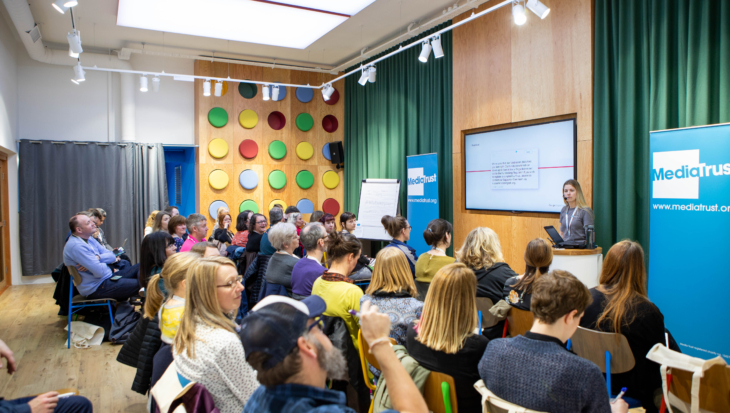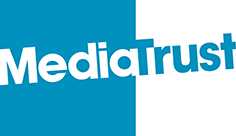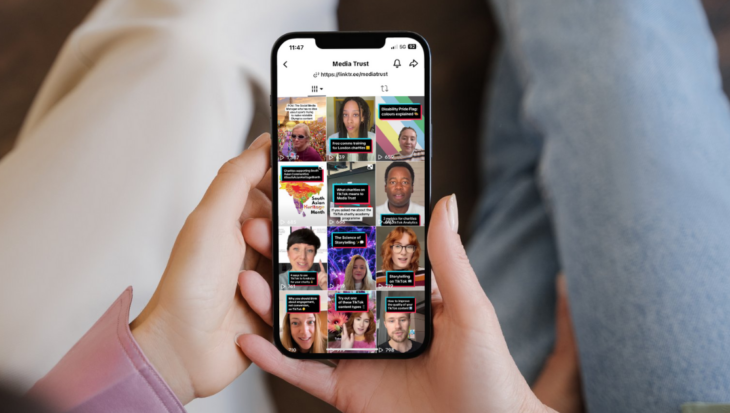How to get it right
So, how do you get it right? There are four key elements to effectively writing prompts and using AI tools: thinking about the end-product, including details, tailoring with follow-up prompts, and human-reviewing!
Starting with the end-product is the best way to craft an AI prompt. Ask yourself, what exactly do you want to achieve with this text, image, video, or audio? What should it look like and what is its purpose? Once you have a clear vision in mind, you will want to include specific details to help the AI generate the desired outcome. This may involve considering the tone of voice for a piece of text, the lighting in an image, or the artistic style of a video. You don’t want to overcomplicate it, but providing clear details is crucial to obtaining the perfect result.
After creating your initial prompt, you can further tailor the AI’s response by providing additional details or context to refine the content. Lastly, it is important to remember that AI still has limitations, especially in these early stages of development. Fact-check every piece of content created as these tools are often incorrect as they are simply picking up information from online – which is often wrong! Always review the content generated by the AI for any errors and make necessary edits. Never post AI-generated copy or images without examining them first.
Another note to remember is to make sure the tool is aware that you are creating content for a charity, and to understand your audience. For example, if writing copy aimed at possible donors, tell that to the AI, or if you want to create images that include children, include terms such as ‘from behind, face not shown’ in your prompts!
By following these steps and taking into account the limitations of AI, you can enhance your prompts and achieve better results in your AI-driven content creation. And remember, like any skill (particularly one as new and as uncharted as this), it takes time to perfect it! The more you practice writing and designing prompts, the better you will get and the more you will understand about how the AI works and responds.
For a more detailed guide to making the most out of ChatGPT, check out this best practices guide from Open AI themselves.




